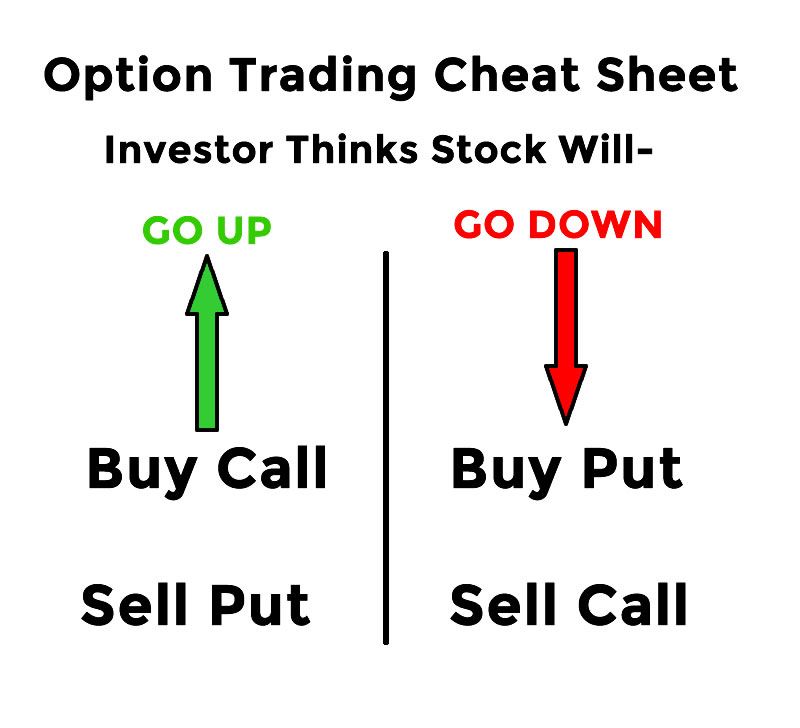Have you ever wondered if there’s a better way to take control of your financial future? If the ups and downs of the stock market keep you up at night, then perhaps it’s time to explore the world of options trading. It’s a universe of possibilities where you can protect your investments, hedge against risks, and potentially multiply your income.
Image: kukufm.com
This comprehensive guide will serve as your roadmap to understanding the intricacies of options trading. We’ll cover the basics of what options are, how they work, and the strategies you need to navigate this multifaceted market. By the end of this guide, you’ll be armed with the knowledge and confidence to make informed decisions in your journey towards financial freedom.
Understanding Options: The Key to Unlocking Potential
What are Options?
An option contract is a financial instrument that gives you the right (but not the obligation) to buy (call option) or sell (put option) an underlying asset at a predetermined price on or before a specific expiration date.
Think of options as a kind of insurance policy for your investments. Just like auto insurance protects your car, an option contract protects your assets from potential losses or secures profits.
How Options Work
When you buy an option, you’re essentially purchasing a contract that allows you to take a specific action regarding the underlying asset. You’re not obligated to exercise this right, but if the market conditions are favorable, you can capitalize on the opportunity.
- Call Option: This option gives you the right (but not the obligation) to buy the underlying asset at the predetermined price (strike price) on or before the expiration date.
- Put Option: This option gives you the right (but not the obligation) to sell the underlying asset at the predetermined price (strike price) on or before the expiration date.
The value of an option contract is influenced by several factors, including the underlying asset’s price, the time remaining until the expiration date, the strike price, and market volatility.

Image: alphabetastock.com
Navigating the Options Market: Strategies for Success
Now that you have a grasp of the basics, it’s time to dive into the strategies that will help you navigate the options market effectively.
Covered Call Writing:
This strategy involves selling a call option when you already own the underlying asset. By doing so, you limit your potential upside but generate income from the sale of the option.
Protective Put Buying:
This strategy involves buying a put option to protect your stock portfolio from potential downturns. In case the market takes a dive, your put option can offset the losses in your portfolio.
Bear Call Spreads:
This strategy is a combination of buying a lower strike price call option and selling a higher strike price call option on the same underlying asset. It’s often used when you expect the stock to experience a modest increase in value.
Bull Put Spreads:
Similar to a bear call spread, you buy a lower strike price call option and sell a higher strike price call option when you anticipate a substantial increase in the stock price.
Expert Tips for Maximizing Options Profits
From seasoned traders to financial advisors, here are some tips to guide your options trading journey:
- Start Small: Don’t jump into the deep end with large sums of money. Dip your toes in with smaller trades to gain experience and minimize potential losses.
- Study the Underlying Asset: It’s crucial to analyze the fundamentals and technical aspects of the underlying asset you’re trading options on.
- Manage Risk: Always consider the potential risks associated with options trading. Determine an acceptable level of risk and stick to it.
- Seek Professional Advice: Don’t hesitate to consult a financial advisor if you’re new to options trading or need guidance.
Frequently Asked Questions on Options Trading
To clarify further, let’s address some frequently asked questions about options trading:
- What is the difference between a call and a put option?
A call option gives you the right to buy an asset, while a put option gives you the right to sell an asset. - When should I buy versus sell an option?
Buy an option when you expect the underlying asset to move in a direction that favors your option position. Sell an option when you expect the market to remain range-bound or move against your position. - What is the best strategy for beginners?
Covered call writing is a relatively low-risk strategy that is suitable for beginners. It generates income and protects your underlying asset. - How much money can I make with options trading?
The profit potential in options trading is theoretically unlimited, but it depends on various factors such as your trading skills, the underlying asset, and market conditions.
The Options Trading Guide

Image: www.tradethetechnicals.com
Conclusion: Enhancing Your Financial Future with Options Trading
The world of options trading is a complex and ever-evolving landscape, but by grasping the fundamentals and implementing sound strategies, you can navigate its intricacies and unlock the potential for financial growth.
Remember, options trading is not a panacea, and it carries inherent risks. However, by arming yourself with knowledge, managing risk, and seeking professional guidance when needed, you can maximize your chances of success in this dynamic and rewarding marketplace.
Are you ready to embark on your options trading adventure? The journey begins here.






